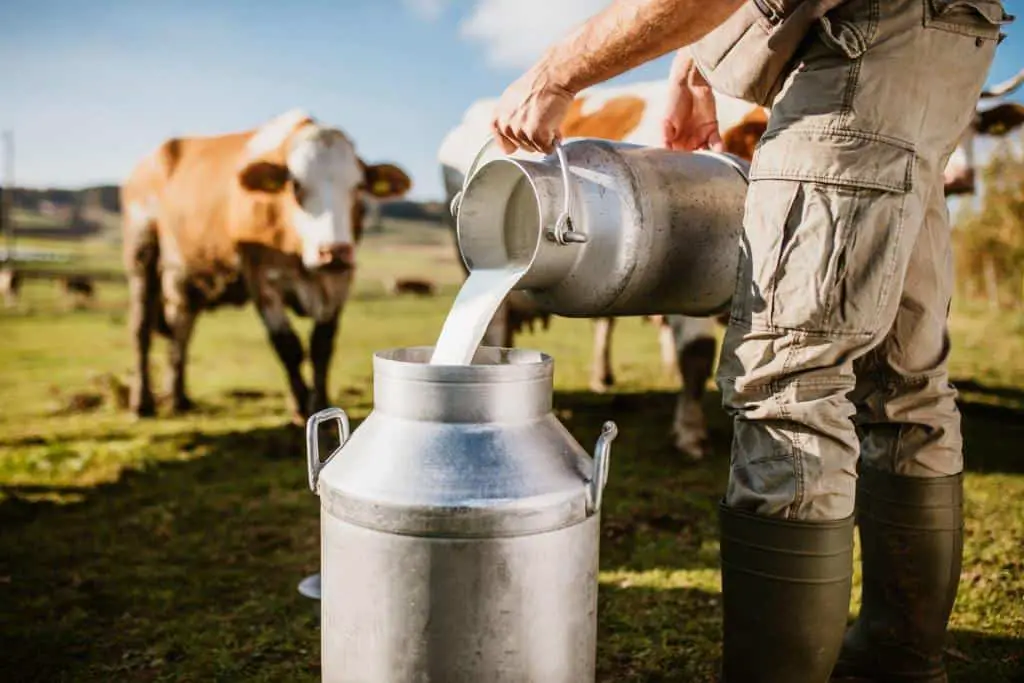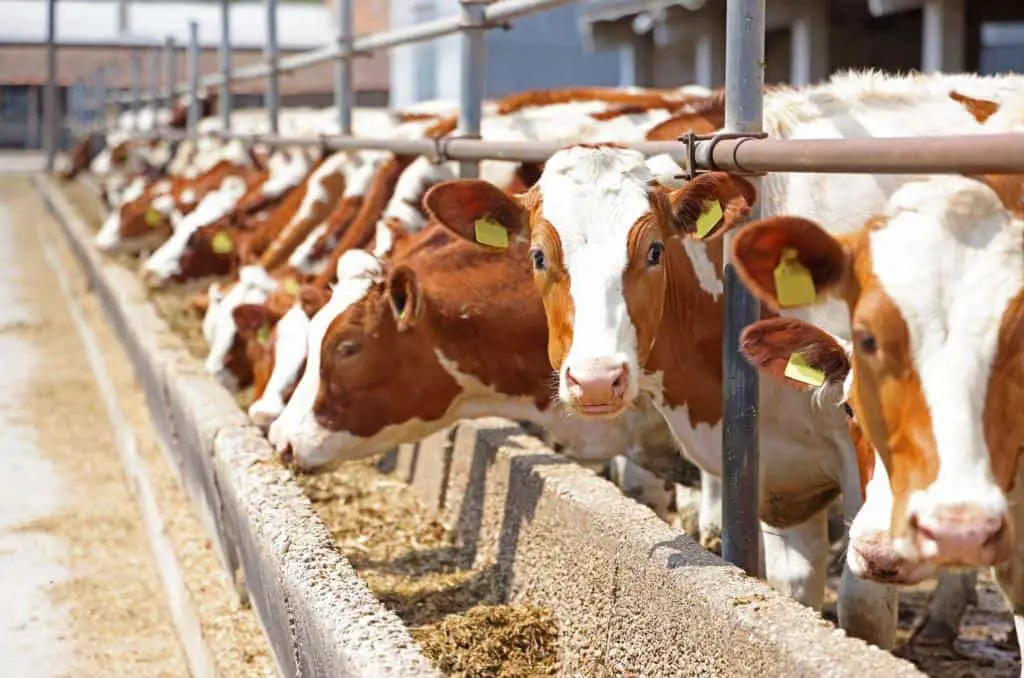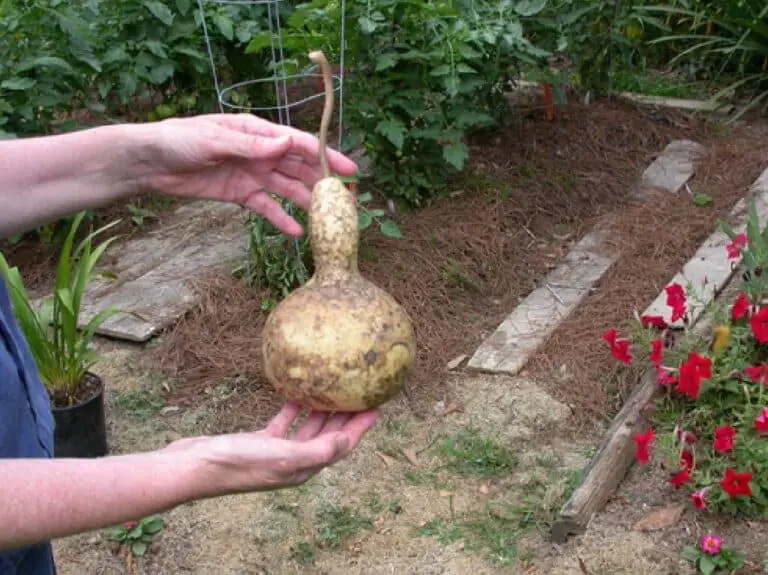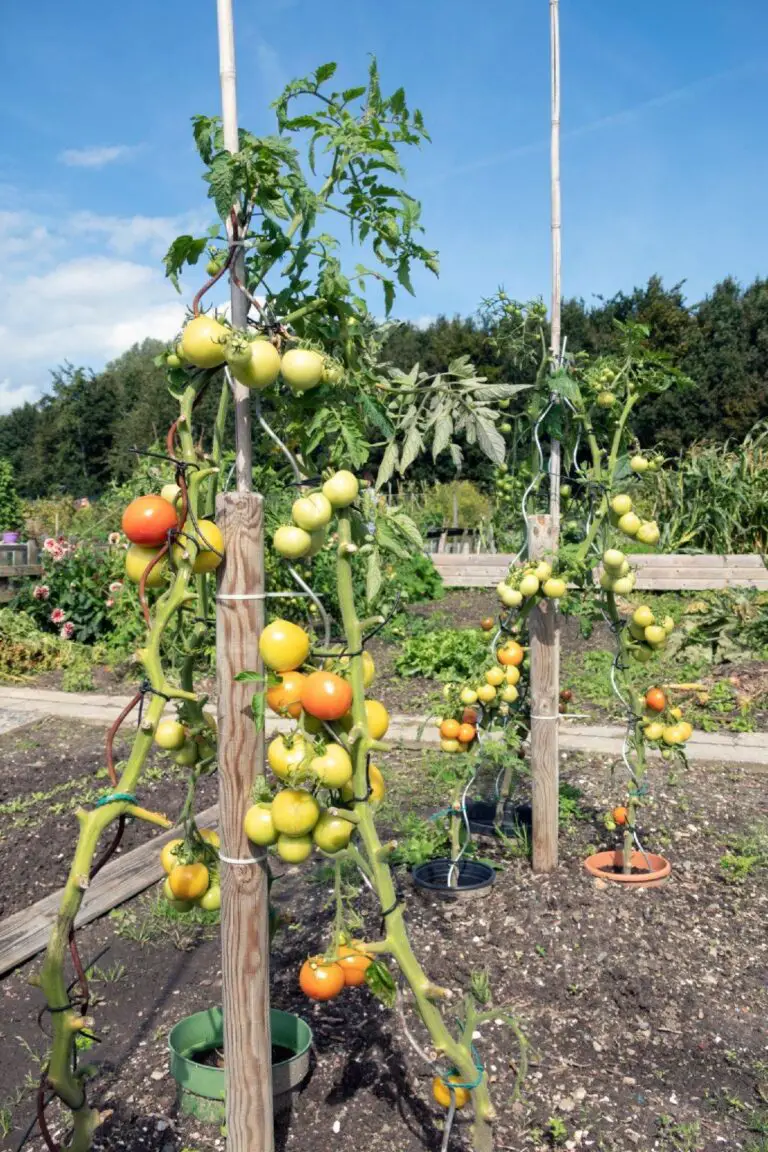Dairy Farming vs. Animal Husbandry: What Is the Difference?

Welcome to the world of agriculture, where the care and management of animals are at the heart of two intriguing practices: dairy farming and animal husbandry. You might have heard these terms before, but have you ever wondered what sets them apart? Well, you’re in the right place!
Dairy farming and animal husbandry are two practices integral to the agricultural industry. While they both involve the management of livestock, there are key distinctions between the two.
In this article, we will explore the nuances, similarities, challenges, opportunities, and future trends in dairy farming and animal husbandry.
Get ready to embark on a journey that will take you through lush green pastures and bustling mixed crop and livestock farming as we delve into the realms of milk production and animal welfare.
Definitions: Dairy Farming vs. Animal Husbandry
When it comes to the world of agriculture, two terms often come up: dairy farming and animal husbandry. While they both involve the care and management of animals, there are distinct differences between the two practices. Let’s understand their definition first.
Dairy farming primarily focuses on the production of milk and milk products. It involves the rearing of specific breeds of cows, goats, or sheep that are known for their high milk yield.
The main objective of dairy farming is to maximize milk production by providing suitable living conditions, a balanced diet, and proper healthcare for the animals. Dairy farmers often maintain facilities such as milking parlors and milk processing units to efficiently handle the collected milk.
Animal husbandry, on the other hand, encompasses a broader range of activities related to the care, breeding, and management of animals. It includes not only milk production but also the production of meat, eggs, wool, and other animal by-products.
Animal husbandry is concerned with animal welfare, genetic improvement, and optimizing productivity in various sectors of the livestock industry. It involves diverse species such as cattle, poultry, pigs, sheep, and more.
Purpose and Focus
The primary purpose of dairy farming is to meet the demand for milk and milk products. Dairy farmers employ specialized techniques to ensure a consistent supply of high-quality milk, which is then processed into products like cheese, butter, yogurt, and ice cream. People of all ages consume these products, which are essential components of our daily diet.
Dairy farming requires expertise in milk production, animal nutrition, breeding, and health management.
Animal husbandry, on the other hand, serves multiple purposes. It caters to the demand for meat, eggs, and other animal-derived products. Livestock plays a vital role in meeting global protein requirements. Animal husbandry practices aim to raise animals that are healthy, productive, and genetically superior. It involves breeding programs, nutrition planning, disease control measures, and the overall well-being of the animals.
Animal husbandry also contributes to the sustainability of rural economies by providing livelihood opportunities.
Key Differences of Dairy Farming and Animal Husbandry

While both dairy farming and animal husbandry involve the management of animals, they differ in their specific objectives, practices, and focus areas. Here are some key differences between the two:
1. Product Focus
Dairy farming focuses primarily on milk production and the subsequent processing of milk into various dairy products. The emphasis is on maximizing milk yield and maintaining the quality of the milk. Animal husbandry, on the other hand, encompasses a wider range of products, including meat, eggs, wool, and other by-products.
2. Animal Selection
Dairy farming involves the rearing of specific breeds of cows, goats, or sheep that are known for their high milk yield. These breeds are selected based on their genetic potential for milk production. Animal husbandry involves a broader range of animal species, with selection criteria varying depending on the intended end product. For example, meat production may focus on specific breeds that have desirable meat characteristics.
3. Breeding Practices
In dairy farming, selective breeding is crucial to maintaining and improving the milk production potential of the animals. Dairy farmers employ techniques such as artificial insemination and genetic selection to achieve desired traits in their herds. Animal husbandry, apart from selective breeding, may also involve crossbreeding programs aimed at improving various traits, such as meat quality or disease resistance.
4. Infrastructure and Facilities
Dairy farming commercial requires specific infrastructure and facilities tailored to milk production and processing. Dairy farms typically have milking parlors equipped with milking machines for efficient milk extraction.
They may also have specialized equipment for milk storage, cooling, and transport. In addition, dairy farms often have milk processing units where the collected milk is transformed into various dairy products.
Animal husbandry, on the other hand, encompasses a broader range of practices and may require different types of infrastructure. For meat production, animal husbandry may involve facilities such as feedlots, slaughterhouses, and meat processing units. Poultry farming may require chicken coops or layer houses, while sheep farming may involve shearing sheds for wool production.
The infrastructure and facilities in animal husbandry are designed to cater to the specific needs of different species and the intended end products.
5. Feed and Nutrition
Dairy farming focuses on providing a balanced and nutritionally dense diet to maximize milk production. Dairy cows, for example, require diets that are high in energy, protein, and specific minerals and vitamins. Dairy farmers often formulate feed rations tailored to the specific nutritional requirements of their animals.
Animal husbandry, while also concerned with optimal nutrition, may have different feeding strategies depending on the intended purpose. Animals raised for meat production may have different dietary requirements compared to those raised for milk production or other purposes.
6. Health and Veterinary Care
Both dairy farming and animal husbandry prioritize the health and well-being of the animals. Dairy farming often involves regular veterinary care, such as routine health checks, vaccinations, and disease prevention measures. Dairy farmers closely monitor the health of their animals to ensure optimal milk production.
Animal husbandry also emphasizes animal health, but the specific health concerns may vary depending on the species and the intended purpose. For example, in poultry farming, biosecurity measures are crucial to preventing the spread of diseases among the flock.
7. Economic Considerations
Dairy farming and animal husbandry have different economic considerations. Dairy farming is primarily focused on milk production and the profitability of dairy products. Dairy farmers rely on factors such as milk yield, milk quality, and market demand for dairy products to drive their economic success.
Animal husbandry, on the other hand, encompasses a wider range of products, and the economic considerations may vary depending on the specific sector. Meat production, for instance, relies on factors such as feed conversion efficiency, market prices, and consumer preferences.
Difference of Dairy Farming Animal Husbandry in a Table
We put the differences between dairy farming and animal husbandry in the table below.
| Aspect | Dairy Farming | Animal Husbandry |
| Primary focus | Milk production | Diverse purposes |
| Livestock species | Primarily dairy cattle | Multi-species approach |
| Management approach | Intensive management | Varied management practices |
| Equipment and infrastructure requirements | Specialized milking equipment and facilities | Tailored to specific species and purposes |
| Economic considerations and market dynamics | Dependent on milk prices and dairy market | Influenced by meat, fiber, and other markets |
Similarities between Dairy Farming and Animal Husbandry
Despite their differences, dairy farming and animal husbandry share common ground:
- Both practices involve the management of livestock.
- Animal welfare and health considerations are essential in both dairy farming and animal husbandry.
- Nutrition and feeding practices play a vital role in ensuring the well-being and productivity of animals.
- Economic factors and market dynamics affect both dairy farming and animal husbandry.
- Both practices contribute to food security and the overall sustainability of agriculture.
Challenges and Opportunities in Dairy Farming
Dairy farming faces various challenges and opportunities in the modern agricultural landscape:
- Technological advancements have revolutionized milk production, enabling higher efficiency and productivity.
- Environmental sustainability concerns, such as reducing greenhouse gas emissions and managing manure waste, present challenges and opportunities for improvement.
- Market volatility and changing consumer preferences necessitate adaptability and innovation in the dairy industry.
- Developing countries have unique challenges in establishing and modernizing dairy farming practices.
- Genetic technologies and selective breeding advancements offer opportunities for enhancing milk production and overall herd quality.
Challenges and Opportunities in Animal Husbandry
Animal husbandry, with its diverse practices and species, also presents distinct challenges and opportunities:
- Disease prevention and biosecurity measures are crucial in safeguarding animal health.
- Ethical considerations and animal welfare practices are gaining increasing attention in animal husbandry.
- Sustainable feed and forage production play a vital role in ensuring the environmental sustainability of animal husbandry.
- Improving efficiency and productivity is an ongoing challenge and opportunity in the industry.
- Meeting market demands and diversifying product offerings are essential for sustained success.
Conclusion
In conclusion, while dairy farming and animal husbandry are interconnected practices within the agricultural industry, they have distinct differences in their objectives, focus areas, and practices. Dairy farming primarily revolves around milk production and the subsequent processing of milk into various dairy products. Animal husbandry, on the other hand, encompasses a broader range of livestock species and products, including meat, eggs, wool, and more.
Understanding these differences is crucial for individuals interested in pursuing a career in agriculture or consumers looking to gain insights into the diverse aspects of animal farming. Both dairy farming and animal husbandry play vital roles in meeting the nutritional demands of society and contributing to the sustainable development of rural economies.






